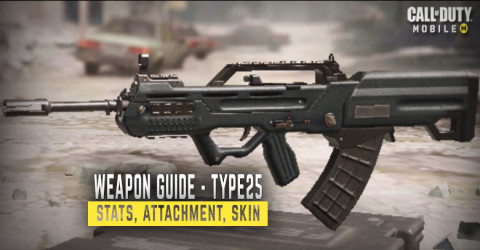
#BEST TYPES OF GUNS SKIN#
Limitations: Serious injury is possible if people cannot escape from the beam skin burns within minutes. The top 0.3 mm of skin absorbs millimetre waves, causing intense pain within five seconds, so people flee quickly, if they can.
#BEST TYPES OF GUNS GENERATOR#
How it works:A 2-metre antenna and mobile generator produce and aim a beam of 95-gigahertz (3-millimetre) radiation. They might typically be powered by a generator fitted to a Humvee, in crowd control situations. Millimetre-wave or microwave beams supposedly make people flee without injuring them. Plus, hypersonic flight has so far only been demonstrated for small unpiloted craft carried to high speed by other vehicles – and other planned experimental craft are too small to carry a pilot. Scramjets engines can not start until the plane flies faster than the speed of sound. Limitations: The technology is immature, with many engineering issues unresolved. This means scramjets can achieve some of the speed of a rocket without having to carry heavy oxidiser (to mix with fuel), as rockets do. The scramjet scoops up air and mixes it with fuel so it burns as the mixture flows through the engine at supersonic speeds.

Here it would reach supersonic speeds and then shift to its scramjet engine. That engine would carry the hypersonic craft to an altitude where air density and resistance are less. How they work: To get off the ground from a runway, a hypersonic plane would either hitch a ride on a conventional plane, or have its own conventional jet engine. It would also have enough thrust to deliver a satellite to low-Earth orbit. Launched from a standard runway, a hypersonic aircraft could fly faster than Mach 5 to strike anywhere in the world within two hours.

Lasers also need chemical fuel or electrical power which is not readily available in space. Interceptors must hit warheads to destroy them, which is difficult. But laser battle stations are also under consideration. The leading approach now is solid projectiles – such as tungsten rods – that would impact missiles. Fleets of interceptors or battle stations would be stationed in orbit, poised to fire at any attacking missiles.

How they work: The main mission of space-based weapons would be to defend against ballistic missiles fired at targets on Earth. Space is the ultimate high ground, so weapons in orbit would have the ability to see and zap anything on the ground, in the air, or nearby in space. Travelling through air and turbulence can disperse the energy of the beam. Powerful lasers need fuel or electrical power and are also very bulky (the US Airborne Laser fills a Boeing 747). Limitations: It needs much more energy to do damage than bullets, which destroy targets with their momentum.


 0 kommentar(er)
0 kommentar(er)
